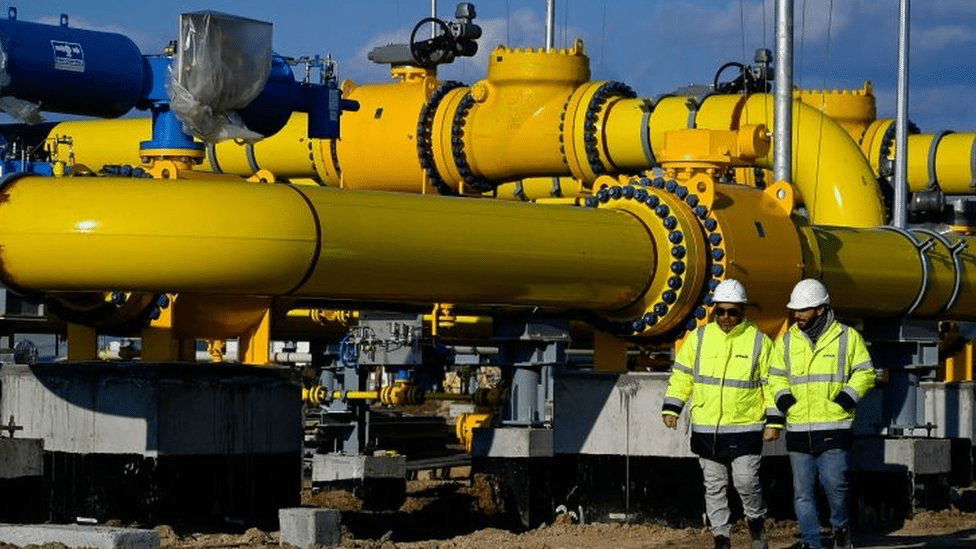Tajikistan Shifts Focus to Russian Gas as Kazakhstan Redirects Exports

Starting in 2025, Tajikistan will begin replacing Kazakh liquefied petroleum gas (LPG) with Russian supplies. This decision follows a series of shifts in the regional energy market. The move is set to be implemented as Tajik importers plan to boost rail deliveries from Russia, especially after the European Union’s embargo on Russian LPG imports, which took effect on December 20, 2024.
As a result of the EU embargo, Kazakhstan has redirected more of its LPG exports to Europe, creating a more competitive pricing environment for Russian LPG in Central Asia. This shift has prompted Tajikistan to explore long-term contracts for Russian LPG, following initial trial deliveries in December and January.
Tajikistan had been the largest importer of Kazakh LPG, accounting for 48% of Kazakhstan’s total LPG exports in the previous year. With Kazakhstan now prioritizing European markets, Tajikistan has turned to Russian suppliers to meet its LPG needs.
The majority of Tajikistan’s LPG imports, over 97%, come by rail via two Uzbek border crossings. The Bekabad crossing services the northern regions, while the Kudukli crossing supplies the southern and central parts of Tajikistan, including the capital city, Dushanbe.
Meanwhile, despite EU efforts to reduce reliance on Russian fossil fuels, Russian liquefied natural gas (LNG) imports to Europe have risen. According to data from Rystad Energy, European ports received 17.8 mln tonnes of Russian LNG in 2024, an increase of over 2 mln tonnes from the previous year.
In response to changes in fuel markets, Kazakhstan has also implemented a ban on gasoline and diesel fuel exports by road and rail. This restriction, effective from January 29, was approved by the country’s Minister of Energy and other high-ranking officials and has been formalized through amendments to Kazakhstan’s export regulations.

